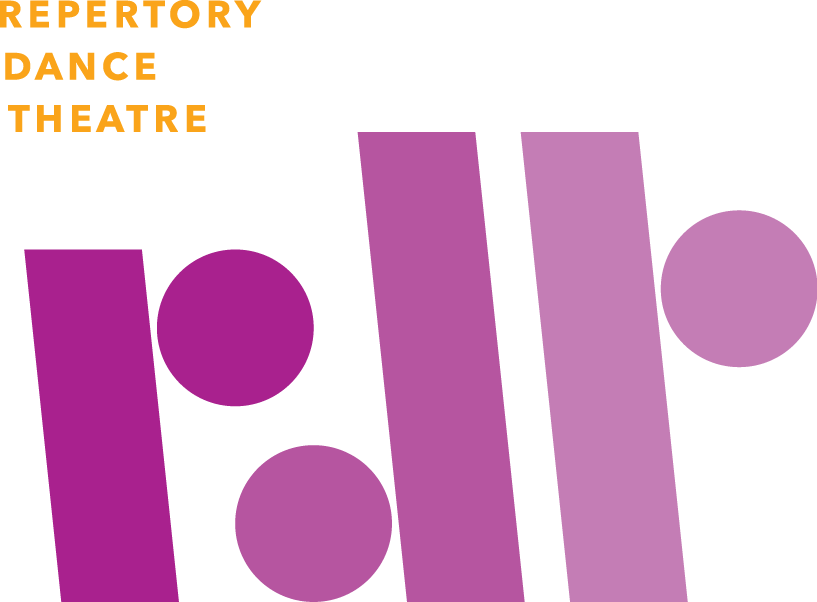Students will explore energy qualities and relationships within a group using inspiration from organisms in the Great Salt Lake food chain.
Learning Objectives/Goals
Create a model using movement to show the movement of energy through an ecosystem.
Materials Needed
Open Space, Small balls (tennis or lacrosse sized), Great Salt Lake Food Web Cards.
Introduction
Establish class goals and expectations. Note: This activity is designed for 16 students. For more than 16 students, you can assign more than one students to the same organism. For 10-13 students you can remove the Wilson's Phalarope, coyote and the American avocet. For a minimum of 6 students, use only water, cyanobacteria, brine flies, snowy plover, bald eagle and fungi cards.
Warm-Up
Start with students in a circle for an energy transfer exercise. The ball will represent energy as it moves through our body and to other people. Hold the ball in one hand and perform a movement that moves the ball in meandering pathways around your body, the pass the ball to the person on your right. They will continue the pathway the ball was on when it was passed to them, using this to inspire different ways the ball can move through their body, then pass again to the person on the right. Think of how many different ways there are to pass the ball. How does the quality that you receive the ball determine the quality of movement that you do with the ball? Keep the circle going until the ball comes all the way back to the beginning. Discuss the experience. What kinds of pathways did the ball take? How do we as humans receive energy from things around us?
Investigate
Introduce the Great Salt Lake ecosystem. It is a saline lake that supports migratory birds, brine shrimp, and many other organisms. What kind of movement qualities might we see in these organisms? Talk about how it has producers, consumers and decomposers.
What is a food web? What kinds of pathways might we see in a food web? Explore pathways with the students (straight, curved and angled). Use different actions that the organisms in the Great Salt Lake ecosystem might use. Give each student a Food Web Card (see attachments) that describes an organism that lives at the Great Salt Lake. Have them read about their organism. Take the information
and begin to transfer it to movement. What actions does it do? How big or small? Fast or slow? Pathways...are they a producer, a consumer or a decomposer? Have students take note of what other organisms they may be connected to in the ecosystem.
Create
Have each student create, on their own, 3-5 short movements that express how their organism or element moves through the ecosystem. Once these are finished, set up the food chain: have each student read aloud about their organism and who they could be connected to. Organize the students so that they are close to their connections. Begin with the students who have water as their element, hand them the ball and have them begin to show the movements they created. Once finished they will pass the ball to
the next connection (Cyanobacteria), and so forth until everyone has a chance to perform their movement sequences. Use music or nature sounds for accompaniment.
Reflect
Ask the students to describe what they saw as each person performed their movements. Did this experience lead to a better understanding of the organism and its qualities? What did you learn about the Great Salt Lake food chain?
Extension to the Lesson
Start the moving food chain again, but this time, one by one, remove a few students from the chain and see what happens. At some point there will be connection lost and nowhere for the ball to go.
Follow-up Resources
Check out the Great Salt Lake Food Web on UEN or The University of Utah websites.

